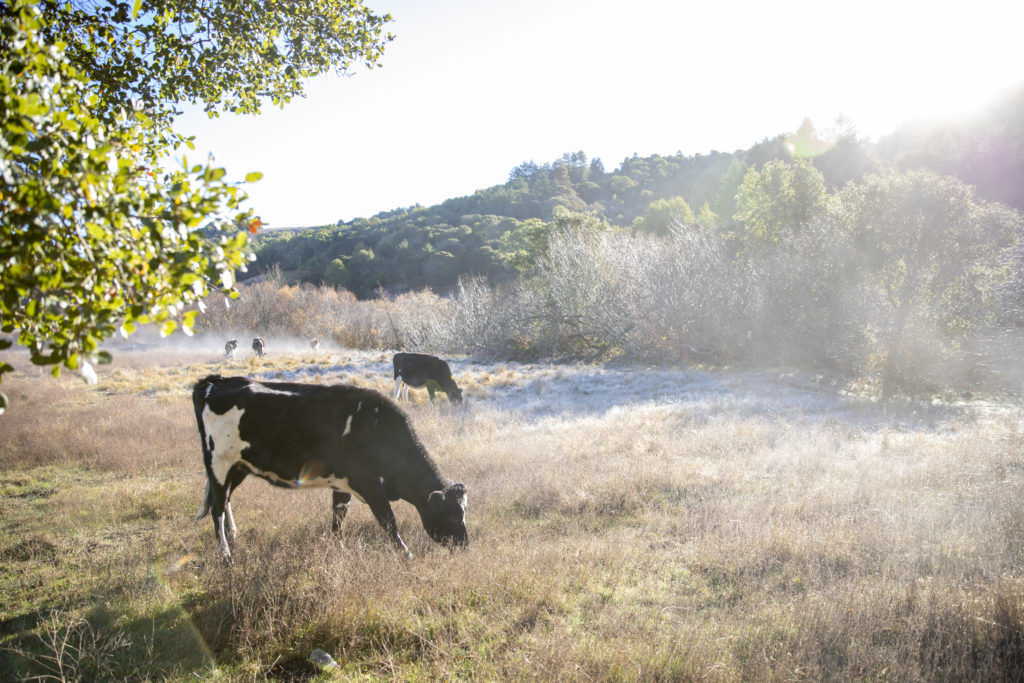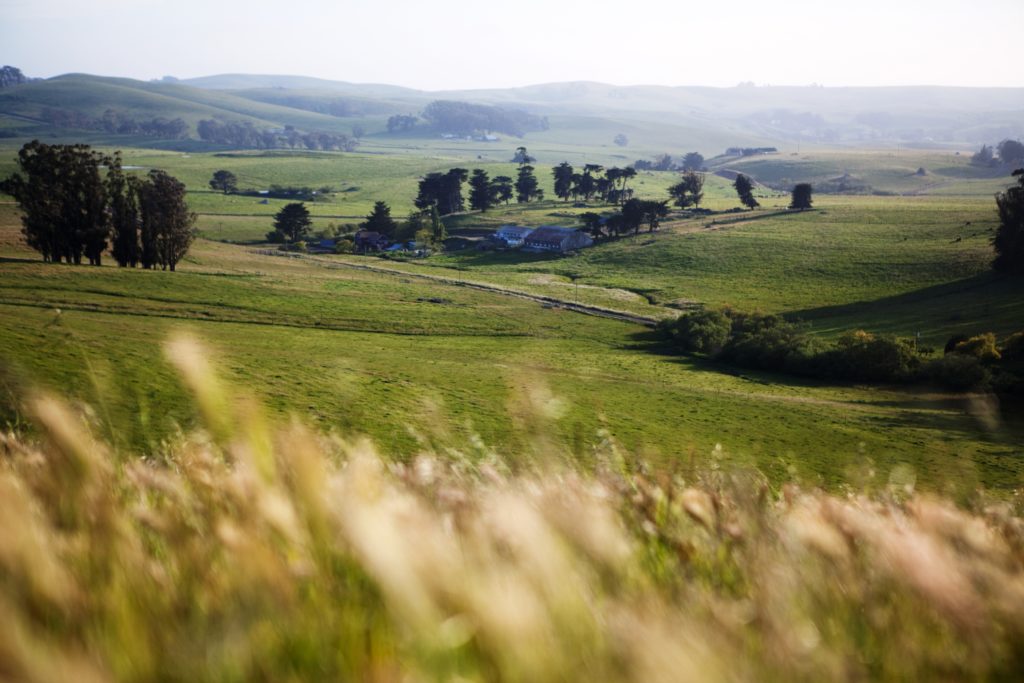How We’re Preparing After Another Dry, Record-Breaking Winter – Q&A with MALT’s Stewardship Manager
March 18, 2022
It won’t come as a surprise for anyone reading this blog that the past couple of months have been incredibly dry here in Marin County and across much of the state. January through February, in fact, was the driest it’s ever been in 127 years of record keeping, a time of year that typically brings the wettest weather. And, if this persists, we’re on track for the driest two-year stretch in decades.
So, as the summer’s dry season fast approaches, we caught up with Scott Dunbar, MALT’s stewardship program manager – sustainable agriculture, to talk about the drought and how the Drought Resilience & Water Security (DRAWS) initiative is evolving and what’s being done to better prepare our region’s working lands.
Here’s what we learned from our conversation.
Q: So here we are in the middle of March, and we’re looking at barely any rain so far over the core winter months. Can you talk a little bit about what you’re hearing from ranchers and farmers?
We’re seeing a lot of themes that we experienced last year: a lack of rain and above average temperatures.
However, one of the significant events was the big storm in October. Some ranches received nearly half their average annual rainfall in one storm. So despite the ongoing drought conditions, many ponds on ranches are full. Some of the ranches have between 1 to 2 years storage available to them.
In fact, storage at reservoirs around Marin, including Nicasio and Soulajule, is around 94% full. Another few inches at Nicasio would cause water to exit the spillway.
As David Lewis from UCCE is fond of saying, “The only constant with this landscape is variability.”
But really what people are talking about is that, with the lack of rain and above average temperatures, grasses are going to seed early which means forage (usually available through May) might begin to lose vigor or even die in late March (Forage is the term for the plants that animals directly graze on in the pastures).

Q: How will the animals eat if there’s less food available on pastures?
Without forage on the pastures, hay or some form of supplemental feed will need to be trucked in. This is truly a landscape level and national concern.
As a result, the price of hay has already started skyrocketing, and the cost of business is going up.
Hay, typically alfalfa or grass silage, is not usually grown in this area. The hay that Marin ranches use when they need to is mostly grown on flat lands across the Western United States. It is very common for farmers and ranches to ship hay from Oregon or Nevada. Why there instead of Marin? Because it is a cost-effective production on otherwise poorer quality soils.
Additionally, modern tools such as tractors and rotating sprinklers allow farmers to produce at an economy of scale to make money. Given the hilly terrain of Marin, while some people are producing small amounts of hay, it is largely going to need to be trucked in from other parts of California, Oregon, Nevada or Idaho, which are also suffering from drought conditions. This is an added expense as a result of our current conditions.
Want to keep up on how Marin ranchers are responding to the drought? Sign up to get emails.
Q: How does this figure into the DRAWS initiative?
As you know might already know, DRAWS stands for the Drought Resilience and Water Security Initiative. Our first grant awards focused on the water security aspect: water tanks, pipes, wells, and bolstering the water infrastructure.
We are now noticing a trend in project requests towards drought resilience and what we might be able to do on the landscape level to build contingency into agricultural operations. We are talking about fencing, pasture management, seeding projects, compost and more.
Q: What kind of landscape level work are we anticipating?
It all comes down to the botany and the soil science of these ecosystems. For example, we want to look at the mix between perennial and annual grasses in the landscape.
Perennial grasses are better suited to surviving extended drought conditions because of their deeper root systems. Native species are already adapted to climate variability which is a huge factor.
“A multi-pronged approach of pasture management, water conservation efforts, and reliable water infrastructure that provides options for water management and storage is a strong way to prepare for impending drought conditions.“
So a landscape level approach will combine perennial grasses and forbs, native perennials, and well-managed grazing. But even so, annual species play a critical role since much of our California ecosystem, and particularly these coastal rangelands, are composed of annual grasses such as wild oats and ryegrass.
Additionally, many introduced broadleaf forbs such as mustards and clovers provide beneficial forage. Unfortunately, a handful of these introduced species are invasive and outcompete native or beneficial species, because they are more suited to drought conditions. So, a landscape level approach will really involve intensive grazing management and seeding of species to outcompete the invasive species.
A multi-pronged approach of pasture management, water conservation efforts, and reliable water infrastructure that provides options for water management and storage is a fairly strong way to prepare for impending drought conditions.

Q: Moving forward what does DRAWS look like?
With the most recent applications and inquiries for funding, we have already begun to see that the agricultural community is looking beyond the immediate infrastructure needs of responding to emergency conditions, and looking towards long-term planning and management. So really, the focus of the projects is shifting to drought resilience and a capacity-building phase.
But I do want to stress that the water security aspect was critical. The infrastructure and water security component laid a strong foundation that DRAWS can continue to build upon. Without that foundation, you can’t move to the next step. And this community has created a great foundation that we plan to help build on together. It really is exciting and inspiring.
Q: Anything you want to add?
The DRAWS initiative is not only available for MALTed landowners (those who own a property encumbered with a conservation easement held by MALT), but for all landowners which is really powerful and provides a watershed-wide impact for our community.
I also want to add that the impact from these projects goes beyond any singular ranch. We know that the landscape is a series of connected watersheds, and our work together will benefit the larger ecosystem health of not just a single operation or operator, but the larger agricultural and ecological community.
Learn more about MALT’s DRAWS program and water security – click here.